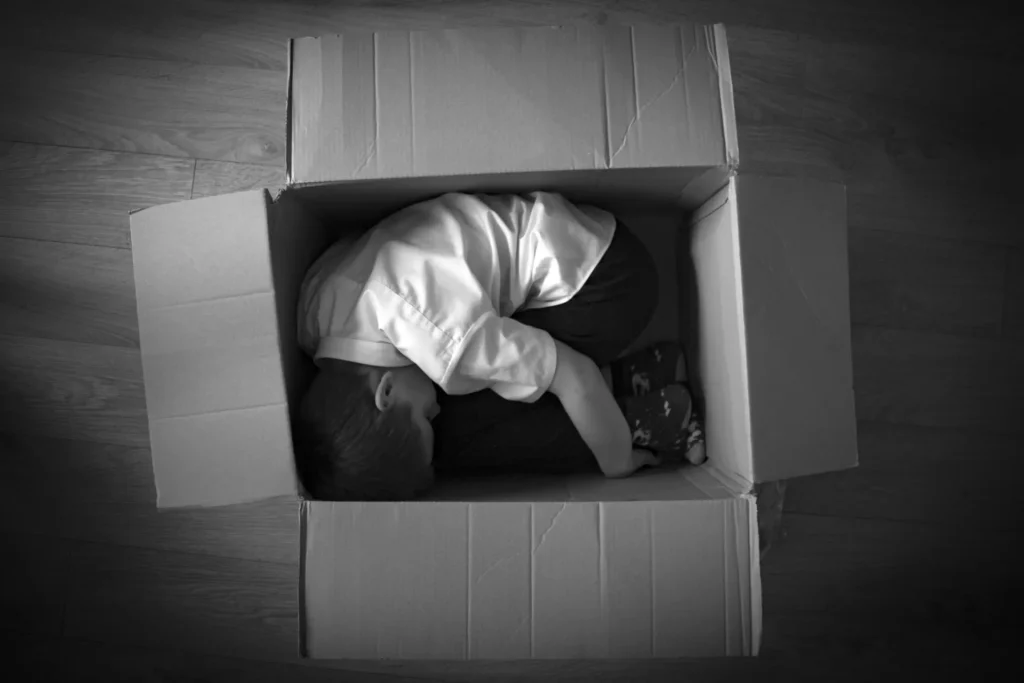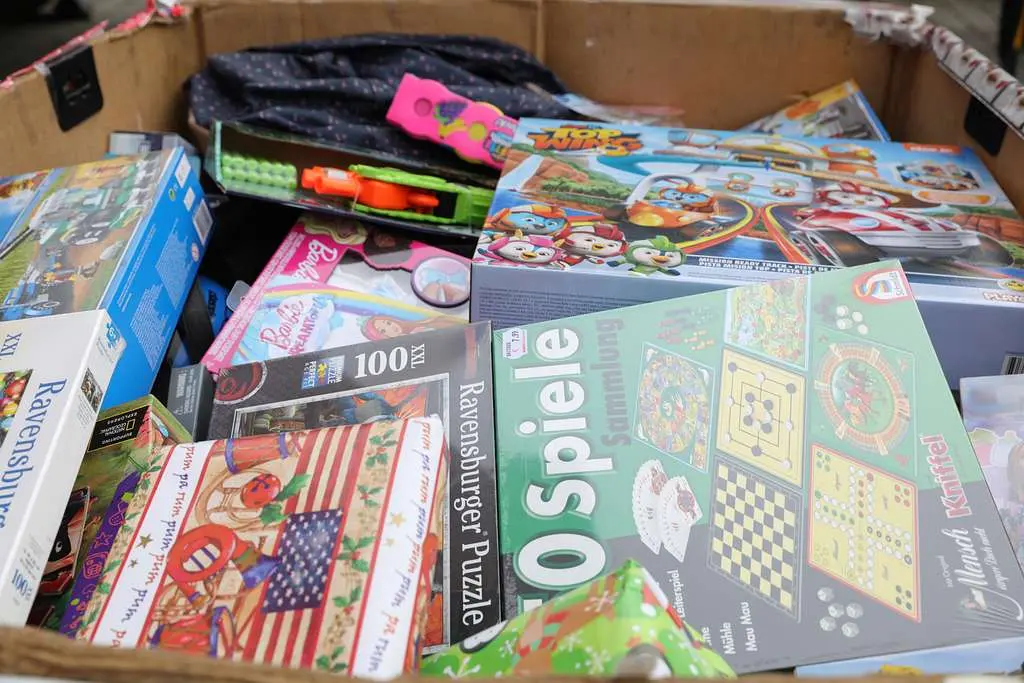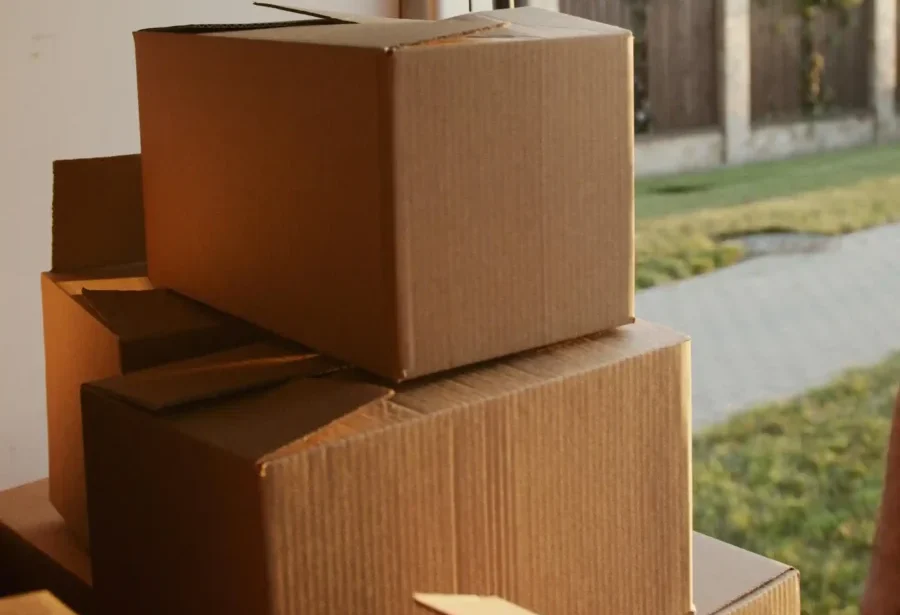Moving a home with a toddler entails navigating a shift in their sense of security and understanding that the relocation may influence their emotions and behaviors. The child may exhibit increased clinginess and sleep disruption as a response to the change caused by house relocation. At High Stream Moving, we share how moving house affects a toddler.

Below are common reactions that you should look out for:

Since your toddler may not fully comprehend the details of the move, it's crucial to explain to them using simple language and terms what's happening early on before the move begins. You can say, "We are going to live in a new house soon, but we will bring all your toys and your bed with us."
You can also use visual aids, read them a children's book about moving and show them pictures of the new house and neighborhood to reduce surprises, confusion and anxiety.
You can let them decorate the box they want to put their toys in and ask them questions such as "What do you want us to pack first in the box you decorated?". This will make the child feel involved in the process and keep them entertained.
Doing this will teach them that it's okay to feel upset or frustrated, help them process their feelings and enable them to become more open to moving houses. After validating their emotions, you can talk to them about the fun things you will do in the new house; that way, they'll start looking forward to moving.
High Stream Moving is proud to offer professional local and long distance moving services in Toronto and all across Canada and the USA.
Having a comfort bag for your toddler with their favorite blanket, snacks, toys, drinks or items such as diapers, extra clothes, and wipes is a way to provide immediate emotional support and comfort.
Whenever the move gets overwhelming, your toddler can easily access their favorite items in the comfort bag without searching through the packed boxes.
The verbal reassurance will help calm their anxieties and remind them that they are safe and loved even amid the transition. If the child expresses concern or frustration, you can say things like, "I'm right here with you. We will do this together, and everything will be okay."
Let the child know that the new house will feel like a familiar place and that their favorite items, such as toys, will be with them during the move.
Maintain your child's regular meal and nap times or their usual routine. Allow them to take short breaks to snack, play or relax in the middle of the packing process to ensure their schedule is not disrupted and thus reduce stress.

When choosing movers for families, you need to consider their experience with family moves, especially with toddlers, transparency regarding pricing, special services offered for families with toddlers and customer testimonials.
High Stream Moving is the right choice for families because we have moving prices with no hidden costs, positive customer reviews, we provide local moving, long-distance moving, personalized special services like a dedicated moving truck and a record of over 50 successfully completed family relocations, which shows that we are a good choice for family moves.